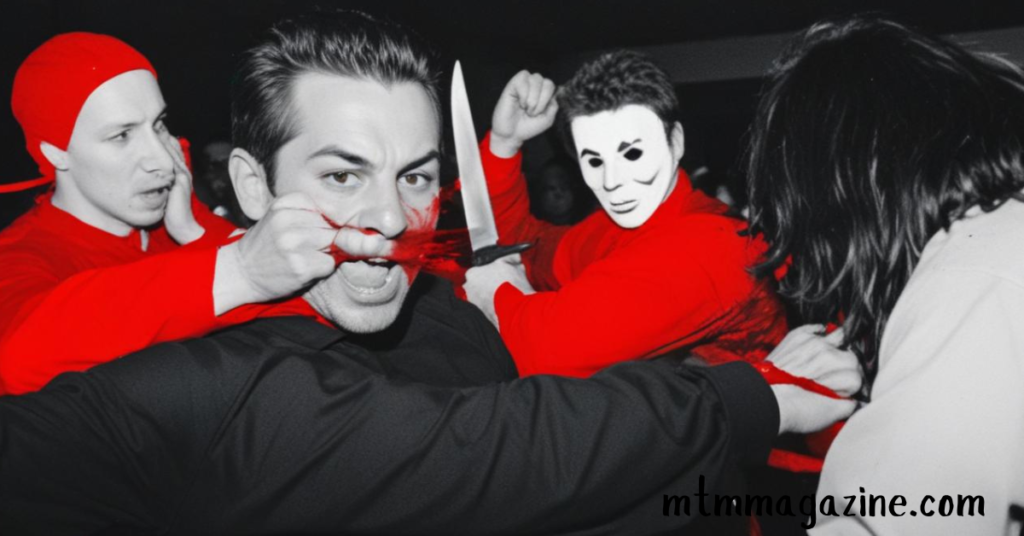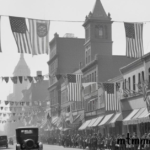Comic panels are often powerful, capturing emotions, stories, and atmospheres in a single frame. One particularly memorable panel that has caught the attention of readers is from “The Serial Killer Who Laughs in the Rain.” This panel, where the character laughs amidst pouring rain, stands out due to its chilling, atmospheric effect. But what makes this scene so iconic?
In this article, we’ll dive deep into the context of this panel, its visual and narrative impact, and why it resonates so strongly with readers.
The Story Behind “The Serial Killer Who Laughs in the Rain”
“The Serial Killer Who Laughs in the Rain” is a dark, suspenseful comic series that follows a complex character, often portrayed as both mysterious and unsettling. The story revolves around a serial killer who seems indifferent to normal human emotions, finding joy in moments that would unsettle most people. Set in a dark, noir-style world, the plot explores themes of psychology, morality, and the darker side of human nature.
The “laughs in the rain” panel captures a significant moment that reflects the character’s eerie nature. In this scene, the killer stands alone in the rain, laughing uncontrollably, suggesting an emotional disconnect and a twisted sense of satisfaction. This moment becomes a visual representation of the character’s mindset and worldview, which the comic continuously explores.
Why This Panel Stands Out
There are several reasons why this specific panel has captured readers’ attention and become a memorable scene:
- Atmosphere and Mood: The pouring rain adds a dramatic effect, symbolizing despair, isolation, or inner turmoil. Yet, with the killer laughing, it contrasts sharply, creating a surreal, chilling mood that resonates with readers.
- Character Insight: This panel offers a glimpse into the character’s psyche. The act of laughing in the rain, when most people would be somber or introspective, underscores the killer’s detachment from normal emotional responses, hinting at a deeper psychological complexity.
- Cinematic Quality: Many readers describe this panel as having a cinematic feel, almost as if it could be a frame from a psychological thriller film. The use of shadow, contrast, and rain makes it visually compelling, almost like a snapshot of madness.
Visual Elements: How the Art Tells the Story
The art style in “The Serial Killer Who Laughs in the Rain” plays a crucial role in making this panel stand out. Here are some of the key visual elements that make this scene impactful:

- Lighting and Shadow: The artist uses heavy shading and shadow to emphasize the character’s presence in the darkness. The killer’s face, partially illuminated by streaks of rain, gives an eerie look, enhancing the sense of unpredictability.
- Contrast with the Environment: Rain is often associated with sadness, reflection, or calmness. By placing a laughing character in this setting, the artist creates a jarring contrast that symbolizes the character’s inner chaos and twisted nature.
- Body Language and Expression: The way the killer stands and laughs openly in the rain adds to the unsettling effect. The expression is not of joy but of a darker, more cynical amusement, suggesting that he sees something funny or satisfying in the chaos around him.
The Symbolism Behind the Scene
The “laughs in the rain” panel is layered with symbolic meaning, which adds to its depth. Here’s a look at some of the symbolism that might be at play:
- Rain as Cleansing or Catharsis: Rain is often seen as cleansing, washing away impurities. For the killer, standing in the rain could represent a kind of perverse catharsis—a release of his inner demons or acceptance of his dark nature.
- Isolation and Alienation: The scene’s setting in a deserted, rainy street could symbolize the killer’s separation from society. The rain creates a barrier, isolating him further and reflecting his loneliness or alienation.
- Laughter as Defiance: In traditional storytelling, laughing in adverse conditions is often a sign of defiance. The killer’s laughter could signify his rejection of societal norms, showing that he embraces his identity as a killer, unbothered by moral codes.
Reader Reactions: Why This Panel Resonates
One reason this panel has become iconic is due to the strong reaction it evokes from readers. Here’s why it resonates with so many people:
- Psychological Depth: Fans of psychological thrillers are drawn to complex characters. This panel encapsulates the killer’s dark psyche, appealing to readers intrigued by mental and emotional complexities.
- Relatability of Darkness: While not everyone can relate to the mindset of a serial killer, the concept of feeling disconnected or finding solace in odd places can be relatable, especially to readers who appreciate dark storytelling.
- Memorable Imagery: This panel has become memorable due to its striking visuals, making it a standout moment that stays with readers long after they’ve turned the page.
Conclusion
The “laughs in the rain” panel from “The Serial Killer Who Laughs in the Rain” has become iconic due to its powerful combination of visual artistry, emotional depth, and symbolic meaning. This single frame captures the essence of a complex character and the dark tone of the series, making it a moment that readers remember and discuss.
In exploring this panel, we see how a well-crafted image can reveal layers of character psychology and storytelling. The panel serves as a reminder of the power of visual storytelling, where a single frame can evoke strong emotions, provoke thought, and leave a lasting impact on readers.



